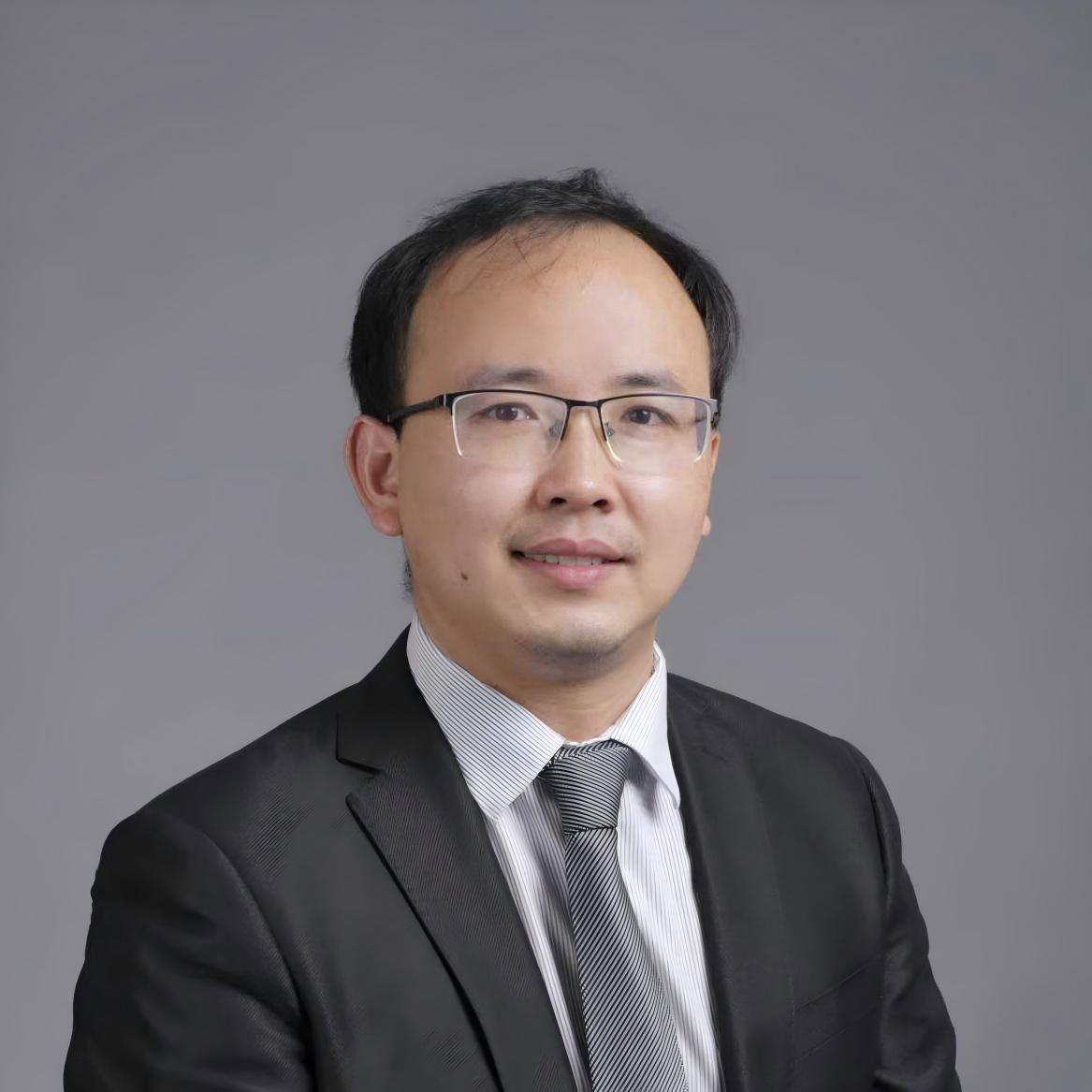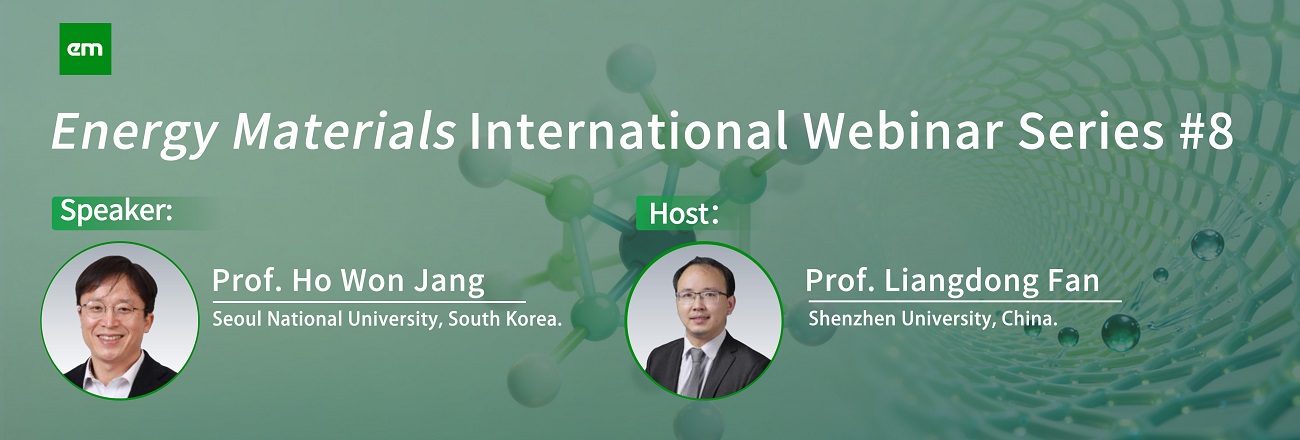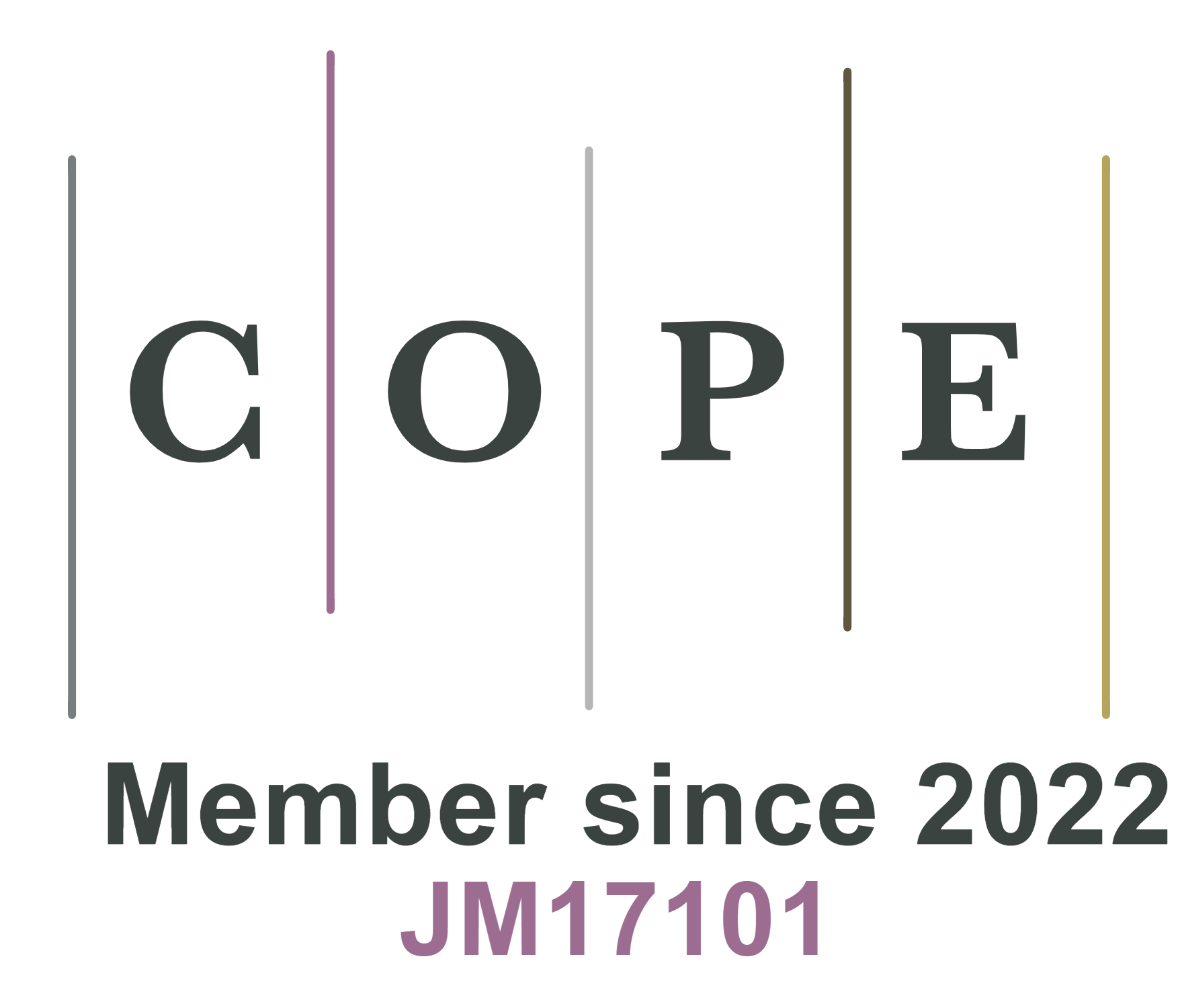Contents
Chair

Prof. Liangdong Fan
College of Chemistry and Environmental Engineering, Shenzhen University, China.
Biography:
Prof. Liangdong Fan, an Research Professor at the College of Chemistry and Environmental Engineering, Shenzhen University, has been engaged in research in the field of new energy conversion and storage, with particular expertise in high-temperature fuel cells and electrolysis cells.
Prof. Liangdong Fan, an Research Professor at the College of Chemistry and Environmental Engineering, Shenzhen University, has been engaged in research in the field of new energy conversion and storage, with particular expertise in high-temperature fuel cells and electrolysis cells.
Speaker

Prof. Ho Won Jang
Department of Materials Science and Engineering, Research Institute of Advanced Materials, Seoul National University, Seoul, South Korea.
Biography:
Professor Ho Won Jang, a faculty member in the Department of Materials Science and Engineering at Seoul National University, focuses on fundamental and applied research in electrochemistry and nanomaterials. His research spans photo/electrochemical water splitting, electrochemical CO oxidation and reduction, ammonia oxidation, as well as the design and mechanistic study of single-atom catalysts and two-dimensional materials. Professor Jang and his team have made systematic advances in constructing highly active electrocatalytic materials, regulating heterogeneous interfaces, and translating materials into devices. Their representative work has been published in top international journals such as Science, Nature Nanotechnology, Energy & Environmental Science, and Advanced Materials, demonstrating broad academic influence in the fields of energy materials and functional nanomaterials.
Professor Ho Won Jang, a faculty member in the Department of Materials Science and Engineering at Seoul National University, focuses on fundamental and applied research in electrochemistry and nanomaterials. His research spans photo/electrochemical water splitting, electrochemical CO oxidation and reduction, ammonia oxidation, as well as the design and mechanistic study of single-atom catalysts and two-dimensional materials. Professor Jang and his team have made systematic advances in constructing highly active electrocatalytic materials, regulating heterogeneous interfaces, and translating materials into devices. Their representative work has been published in top international journals such as Science, Nature Nanotechnology, Energy & Environmental Science, and Advanced Materials, demonstrating broad academic influence in the fields of energy materials and functional nanomaterials.
Abstract
In recent years, single-atom catalysts (SACs) and high-entropy nanomaterials (HENs) have gained significant attention as innovative strategies to improve the efficiency and stability of water-splitting reaction systems. SACs, characterized by their atomically dispersed active sites, provide maximized catalytic activity and selectivity while minimizing the use of precious metals. On the other hand, HENs, which feature the synergistic combination of multiple elements within a single nanoscale framework, offer exceptional structural stability, enhanced electronic properties, and tunable catalytic behavior. The combination of SACs and HENs presents a promising avenue to synergistically enhance the overall performance of water-splitting systems. By integrating the unique advantages of single-atom active sites with the multifunctional properties and compositional flexibility of HENs, it is possible to achieve highly efficient and durable catalysts for sustainable hydrogen production. Such hybrid catalysts have the potential to address key challenges in (photo)electrochemical water splitting, including sluggish reaction kinetics and long-term operational stability. In this talk, we will present our recent advancements in the development of SACs and HENs tailored for efficient (photo)electrochemical water splitting applications. Additionally, we will explore the strategies for combining these two material platforms to achieve synergistic effects, emphasizing their design principles, synthesis methodologies, and catalytic performance. This integrated approach not only offers insights into the fundamental mechanisms driving enhanced activity and stability but also paves the way for practical applications in clean energy technologies.
REFERENCES
[1] Kim et al., ACS Mater. Au, 2, 1-20 (2022).
[2] Lee et al., Small Science, 2, 2200109 (2023).
REFERENCES
[1] Kim et al., ACS Mater. Au, 2, 1-20 (2022).
[2] Lee et al., Small Science, 2, 2200109 (2023).










